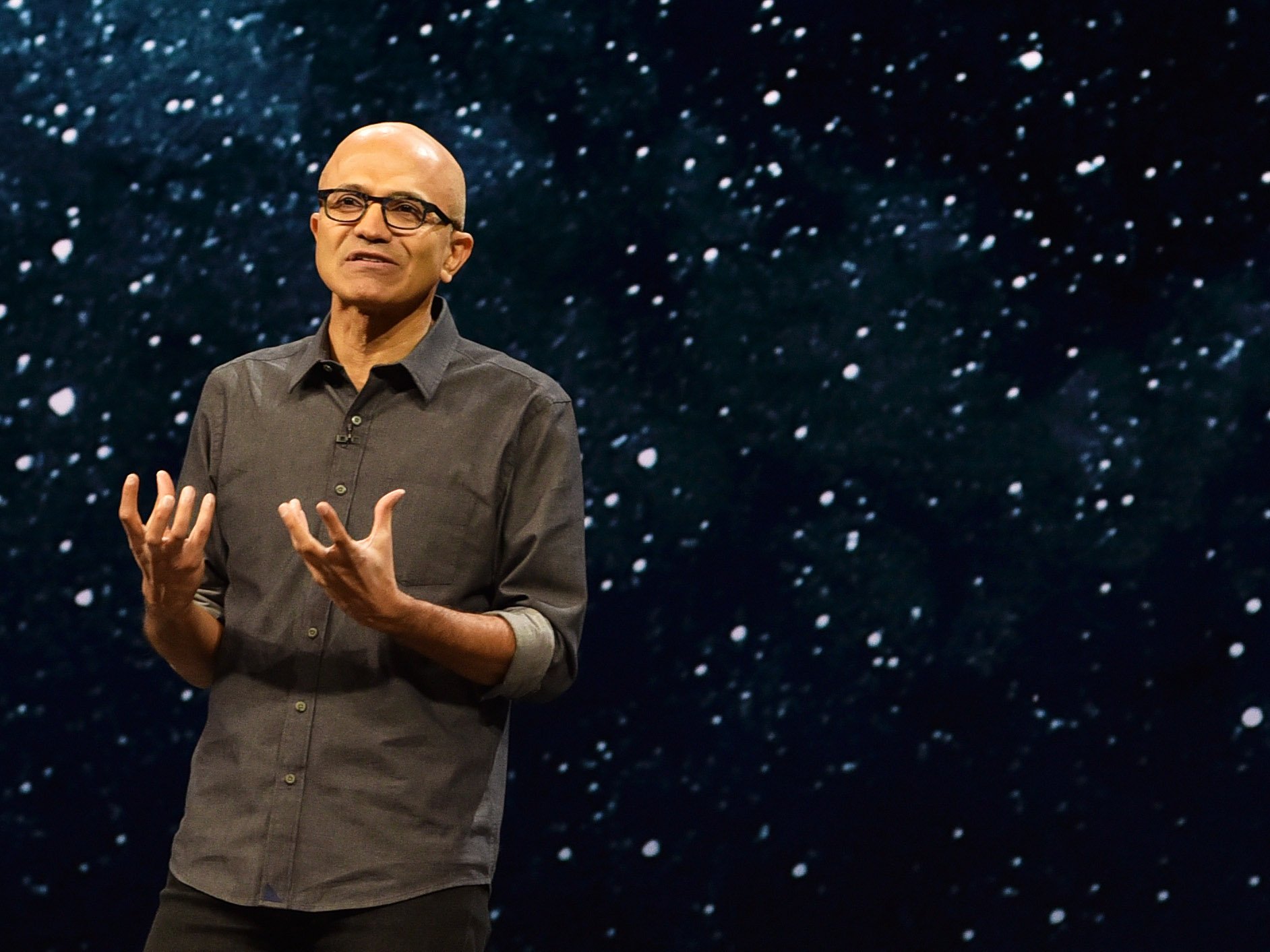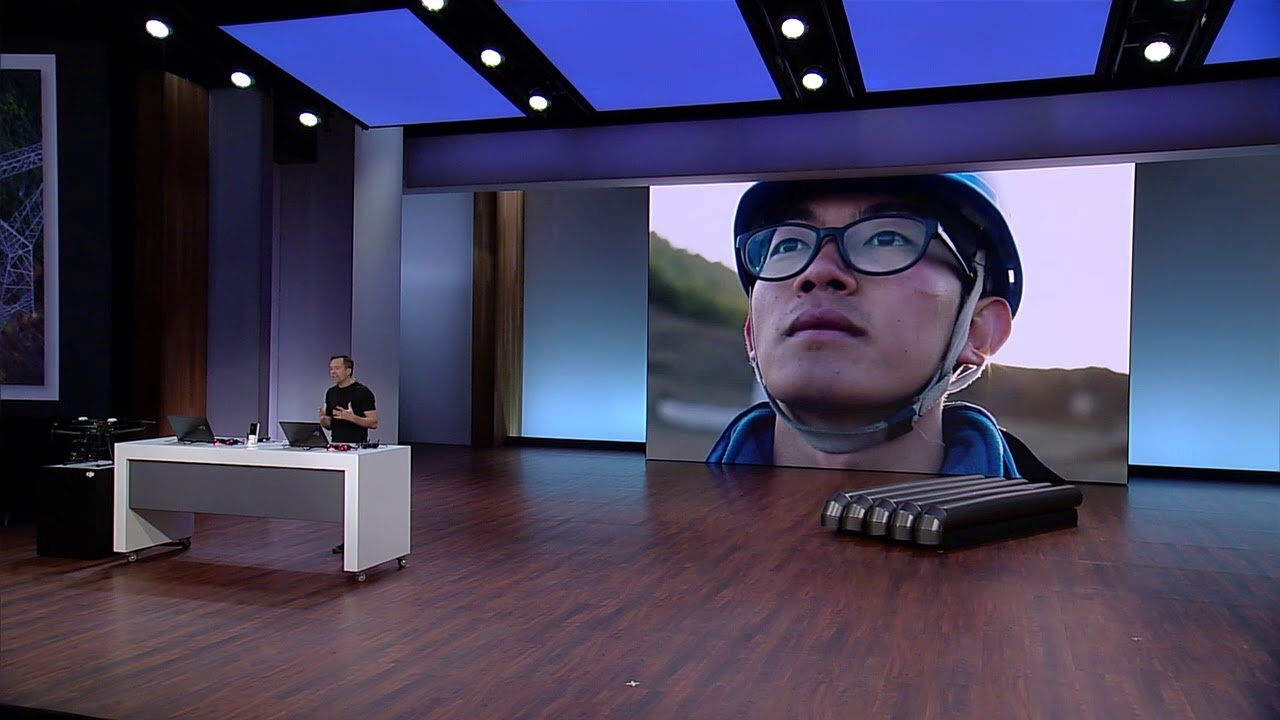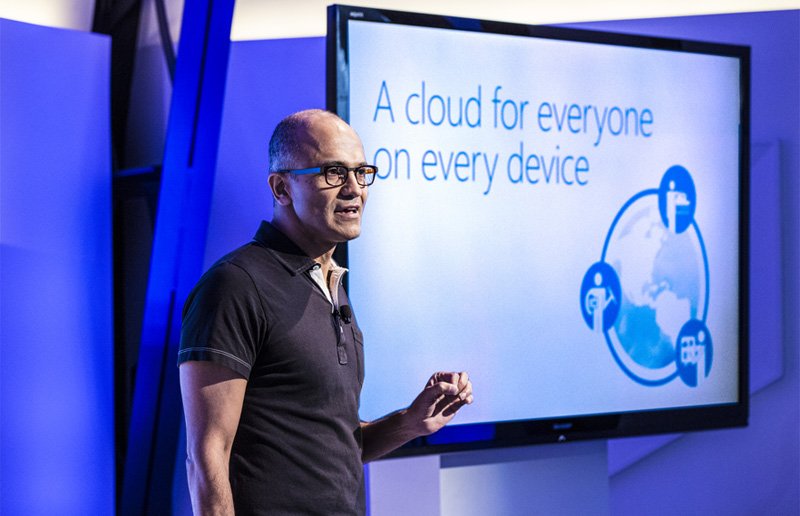What is edge computing, and why does it matter to you?
'Edge computing' or the 'intelligent edge' are some of the latest buzzwords drawing attention in the tech world. But what exactly is it and why does it matter to you?

The words "intelligent edge" or "edge computing" sound, well, cutting-edge and may evoke a feeling of pushing the technological envelope even for those who don't know what the terms mean. At the core of edge computing is connectivity to the cloud versus computing from an unconnected PC, as was common twenty or more years ago.
The concept itself is not all that new, but advances in the cloud, PC and mobile processors, artificial intelligence (A.I.) and LTE and 5G cellular networks are pushing the boundaries of connected computing into new territory. With the advent and proliferation of internet of things (IoT) devices, connected augmented (AR) and virtual reality (VR) experiences, wearable tech, smart homes, connected cars, smart speakers, smartphones, A.I., always connected PCs, and more edge computing is both pervasive and far-reaching.
This diversity of connected devices is bringing creative innovation and even greater potential to the always-connected nature of the edge. Still, what exactly is the intelligent edge and what does it mean for you?
What is the intelligent edge or edge computing?


To understand the intelligent edge we must first understand, at least in basic terms, the intelligent cloud; because the intelligent edge is a component of, or "the edge" of the intelligent cloud. When most people think of the cloud they visualize an abstract, perhaps ephemeral place beyond their devices where their pictures and documents go, where complex data processing occurs or where multiplayer game streaming experiences happen.
Most people probably don't visualize the actual physical reality of thousands of acres of data centers, miles away, that host thousands of servers that contain their pictures and documents, power their games and processes massive amounts of data that is streamed back to connected business and personal devices. Simply put, the cloud is comprised of physical computer hardware that is connected to tangible cellular networks that connect to enterprise or personal devices closest to the user – or the intelligent edge.
The intelligent edge are the connected devices closest to users.
The intelligent edge represents those devices from factory floor equipment to fitness trackers or smartphones and more that connect to the cloud but are closest to and directly interacted with by users. Some benefits of the edge include the computational power of the cloud being brought down to smaller devices with which users interact. Advances in network LTE and 5G technology reduces latency allowing cloud data to reach edge devices faster. Additionally, some cloud tasks can be moved to and managed on edge devices.
The increased computational power of edge devices also improves the abilities of A.I. on the edge. A.I. capacity to learn users and act proactively are among some of the advances edge computing brings to A.I. For example, Microsoft partnered with DJI and eSmart Systems to use drones, A.I. and Azure IoT Edge to bring the power of edge computing to maintaining the power grid and other equipment. These implementations of edge computing did in hours what it would have taken humans years to accomplish.
Get the Windows Central Newsletter
All the latest news, reviews, and guides for Windows and Xbox diehards.
Microsoft, Qualcomm, Intel and PC makers building the edge

The intelligent edge requires a robust infrastructure and multiple industries for it to both exist and succeed. Companies like Microsoft and Amazon that build massive data centers - the cloud – to store, process and stream data are fundamental to connected computing.
Companies like Qualcomm, whose technology is foundational to the current cellular ecosystem, are required to develop the cellular technologies that comprise the connectivity infrastructure that connects the cloud to everything else. Qualcomm, Intel, and others are also responsible for building the processers, particularly mobile processors, that connect hardware to the cellular networks.
PC, smartphone and other hardware OEMs are essential to creating those "front-end" devices, whether business or personal, that house these processors that connect to the networks that connect to the cloud - or data centers.
Microsoft's, Qualcomm's and other's goal is to create an always-on, always-connected-to-the-edge reality. Some people welcome this, others are reluctant to accept it or don't see value in it.
A connected world, for digital natives (not you)
Those of us in our forties and older remember a world that was not connected. Nearly thirty years ago connecting our devices to the internet required plugging a physical wire into a phone jack and dialing-up a connection with the accompanying familiar crack and fizzle sound. When we were done with what we were doing, we disconnected.
Eventually, cell phones, the non-smart variety, provided us with an almost constantly connected reality with a rudimentary browser experience. Wi-Fi, smartphones and mobile broadband eventually engulfed us in an always-connected web of social media, apps and the mobile web through our smartphones. This is the world digital natives, the younger generation, are growing up in, and for whom constant connectivity is the norm.
It is at the intersection of these two generations that Microsoft and others are pushing an always-connected-to-the-edge computing vision. Those who buck against the value of always-connected PCs are likely those who grew up in a "disconnected" world. Microsoft's, Qualcomm's, Intel's and others ACPC and edge computing strategy is forward-looking and designed to appeal to digital natives for whom constant connectivity is not only the norm but an expectation.
Change is inevitable


For the old guard, those of us forty and over, this always connected world is a "new" reality. We recall a world where we had to be in front of the television at a certain time to watch a program or we'd have to wait weeks to see the rerun. For digital natives streaming videos on-demand via services like Netflix, Hulu and YouTube where they can watch virtually anything, anytime is the only reality they know. Captivating social media apps that send constant notifications day and night engage this digitally native generation constantly.
For good or bad the connected world Microsoft and others are building is being forged for a generation for whom constant connectivity is the norm. Edge computing via embedded IoT devices, connected cars that know our routes, smart homes, and appliances that know our habits, A.I. that connects us between our homes and office and bridges our personal and professional lives (as Microsoft plans) may eventually become a pervasive reality facilitated by a deluge of intelligent connected devices.
For the older generation where a wire connected PC was once the extent of a connected world, the reality of A.I. powered coffee pots, refrigerators, fitness trackers, traffic lights, cars, dog collars, footwear, smartphones, PCs and more is a reality that may even intimate digital natives. Then again maybe not. Human beings are fairly adaptable and do seem to enjoy living on the edge.
Related: How CES 2019 put a spotlight on Microsoft and edge computing
Jason L Ward is a columnist at Windows Central. He provides unique big picture analysis of the complex world of Microsoft. Jason takes the small clues and gives you an insightful big picture perspective through storytelling that you won't find *anywhere* else. Seriously, this dude thinks outside the box. Follow him on Twitter at @JLTechWord. He's doing the "write" thing!

